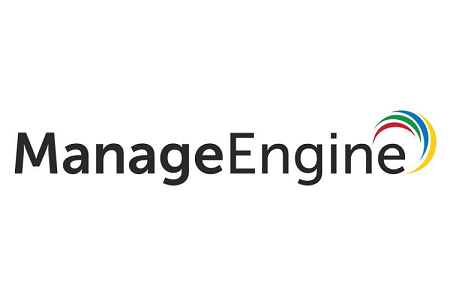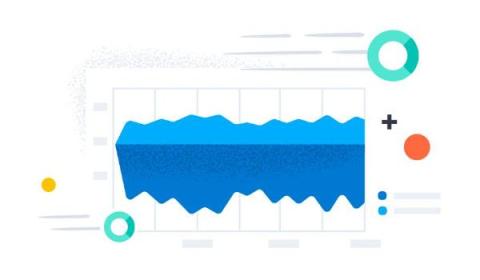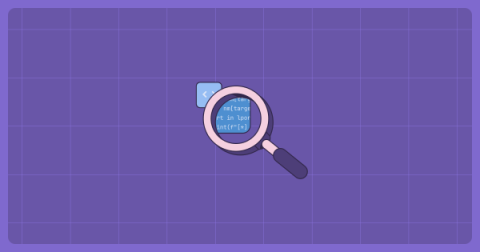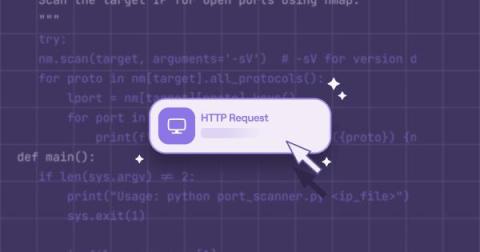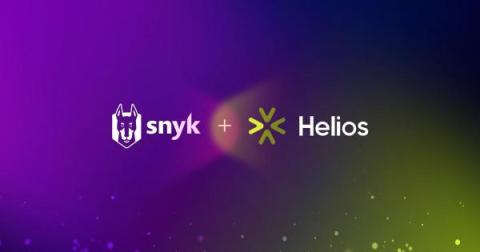Security | Threat Detection | Cyberattacks | DevSecOps | Compliance
Latest News
AI and digital twins: A roadmap for future-proofing cybersecurity
Keeping up with threats is an ongoing problem in the constantly changing field of cybersecurity. The integration of artificial intelligence (AI) into cybersecurity is emerging as a vital roadmap for future-proofing cybersecurity, especially as organizations depend more and more on digital twins to mimic and optimize their physical counterparts.
Keeper Now Supports Hardware Security Keys as a Single 2FA Method
While support for hardware security keys is not new to Keeper, historically users were required to have a backup Two-Factor Authentication (2FA) option in addition to using a security key. Keeper is excited to announce support for user authentication leveraging only a hardware security key as the 2FA method, without requiring a backup option.
Unusual, thought-provoking predictions for cybersecurity in 2024
Do you recall how tentatively and maybe naively we approached the year 2000, otherwise known as Y2K? We stressed over two bytes in COBOL programs and regression tested every line of code to ensure our systems were ready to go at midnight on January 1, 2000. The clock struck 12, and the world breathed a collective sigh of relief – we survived the predicted digital disaster.
Why Therapists need Data Protection and Cybersecurity
Shining Light on Employee Cybersecurity Awareness in Retail
Is it time to replace your SIEM?
Using Python in Tines: a quick how-to guide
While you can build nearly anything in Tines without writing code, users occasionally prefer to use Python scripts to perform a step in their stories. The reasons for this vary, but we're happy to share that there's a simple way to securely execute Python scripts in Tines. So let's take a closer look at how it works, and talk through some best practices for using Python in Tines.
From code to clicks: My journey from Python to Tines
We recently weighed in on the debate between full-code, low-code and no-code automation. In this post, developer and sales engineer Jesse Strivelli shares his perspective on using the native Tines builder to create automated workflows. I've been immersed in the world of programming for years, having pursued a computer science degree at university and accumulating extensive experience in the field, primarily with major Fortune 500 companies.
Snyk welcomes Helios, accelerating our ASPM vision with runtime insights
As applications and their software supply chains become more complex, designing an AppSec program that is agile enough to keep pace, while still providing a clear, enterprise-wide view of risk requires a deep understanding of applications — depth that covers every line of code and package from development all the way to their live, running state.



